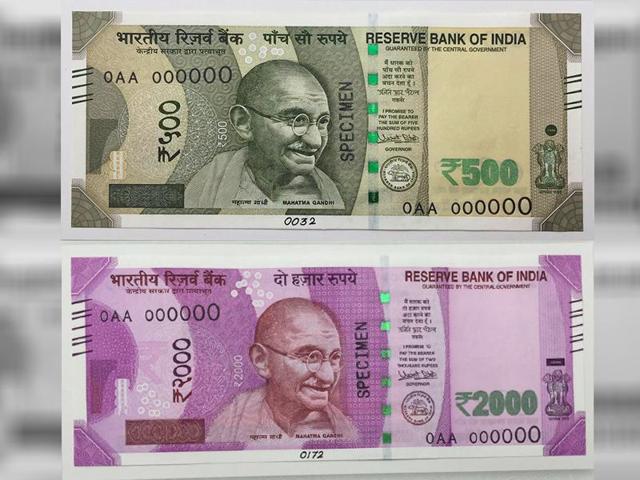Indian prime minister Narendra Modi ordered the withdrawal of 500 and 1,000 rupee notes from circulation on Tuesday in a shock announcement designed to tackle widespread corruption and tax evasion.
Addressing the nation, Modi said: “The exchange of 500 and 1,000 rupee notes being tendered as currency will be stopped from midnight Tuesday. Black marketers and traitors who use black money will not be able to move large amounts of money and 500 and 1,000 rupee notes will become worthless pieces of paper. Those citizens earning honestly and with hard work, their interests will be protected.” After a one-day shutdown of all banks and ATMs, new 500 and 2,000 rupee denomination notes would be issued from Thursday by the Reserve Bank of India (RBI), the country’s central bank.
Modi’s announcement is controversial in India, where a huge parallel economy accounts for 20% of GDP and operates with near impunity. The move will anger corrupt politicians, including in Modi’s own Bhartiya Janata party, who accept cash bribes.
With this announcement, Modi is bolstering his reputation as a leader who has fought corruption and strengthened the economy.
Withdrawal of high-denomination rupee notes is a radical measure the government normally resorts to in an attempt to counter forgery. It has been done at least twice in India’s history in the past time. This time, the attempt is to crack down on black money. In January 1946, Rs1,000 and Rs10,000 banknotes were withdrawn. In 1954, Rs1,000, Rs5,000 and Rs10,000 notes were reintroduced and were again demonetized in January 1978.
Finance secretary Shaktikant Das said the decision was “a very bold and powerful and a very decisive step to fight the menace of black money and the use of fake Indian currency notes”.





